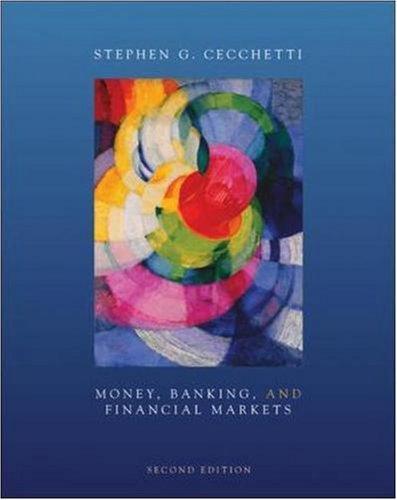Question
Job ordering costing system accumulates costs by individual product units. This method applies not only to individual inventory items but also batches of inventory items;
Job ordering costing system accumulates costs by individual product units. This method applies not only to individual inventory items but also batches of inventory items; It calculates manufacturing expenses such as overhead, materials, labor, and time (Edmonds et al., 2020). Companies use job order costing systems when they need to know the costs of individual products or batches to help them make decisions, such as how to price products or order their materials. This method is used to help companies keep track of the price of each project and ensure the company earns enough profit to sustain its operations(Edmonds et al., 2020). Contrary, Processing cost is a process companies use to track production. However, instead of tracking each product, this method focuses on mass-produced products and the total product cost for the department (Edmonds et al., 2020). This can be used for large volumes of single or similar products. They are both practical methods to determine and understand the cost of products(Edmonds et al., 2020).
The difference between the two is the work-in-process inventory. Businesses use job order costing for small batches of customizable or unique products and individual job orders, while businesses use process costing for mass-produced or standardized products(Edmonds et al., 2020). Industries that produce customers' custom orders, such as retail companies, use job order costing. In contrast, more significant amounts of a single product, such as a manufacturer, would use process costing. The job size and smaller jobs warrant job costing, while larger jobs will have processing costing(Edmonds et al., 2020). Job-order costing system affects the balance sheet while the product is manufactured, listed separately by job or product. Once the job or product is sold, the income statement (the revenue) is affected. Identical to process costing but not separated by each job, the process costing system is distinguished by each department, such as mixing, decorating, packaging, and delivery (Edmonds et al., 2020, p. 538 - 539).
An example of a job ordering cost system is, A tee shirt company may account for producing a particular order of 4,000 shirts sold to a large organization as a single job. Companies use job order costing systems when they need to know the cost of individual products or batches of products. Where process costing systems allocate costs evenly to homogeneous products, Sherwin-Williams uses process costing to make products in a mass quantity using continuous processes (Edmonds et al., 2020).
Question: Each system uses material, direct labor, and manufacturing overhead to produce products. How does those resources flow through the systems to the reports? ( For the processing cost system and the job ordering cost system)
Step by Step Solution
There are 3 Steps involved in it
Step: 1

Get Instant Access to Expert-Tailored Solutions
See step-by-step solutions with expert insights and AI powered tools for academic success
Step: 2

Step: 3

Ace Your Homework with AI
Get the answers you need in no time with our AI-driven, step-by-step assistance
Get Started


